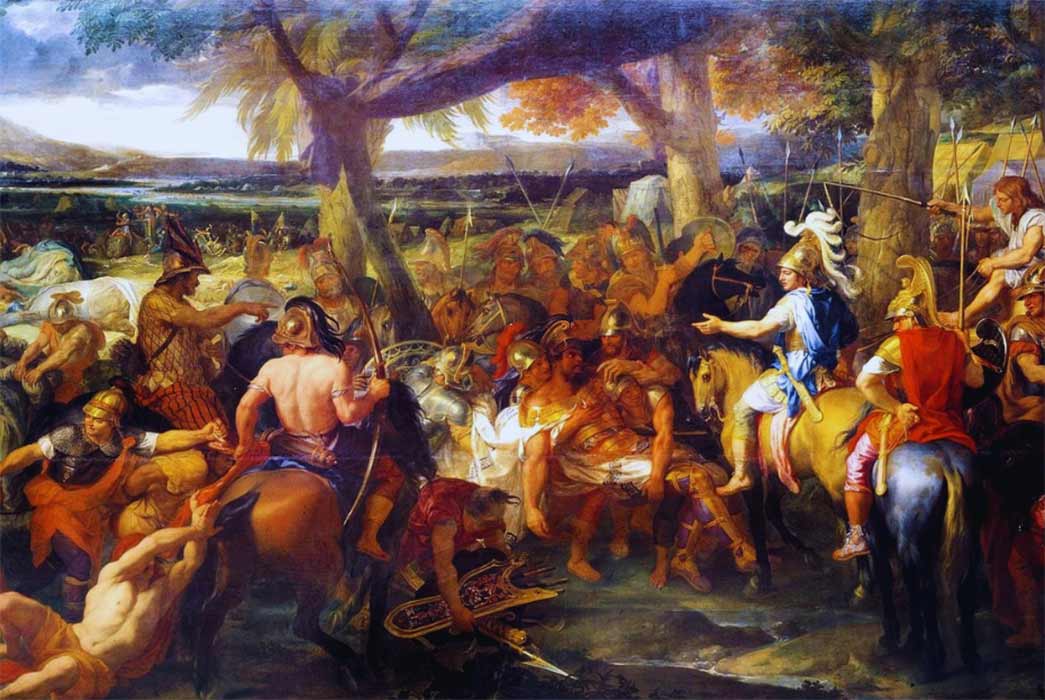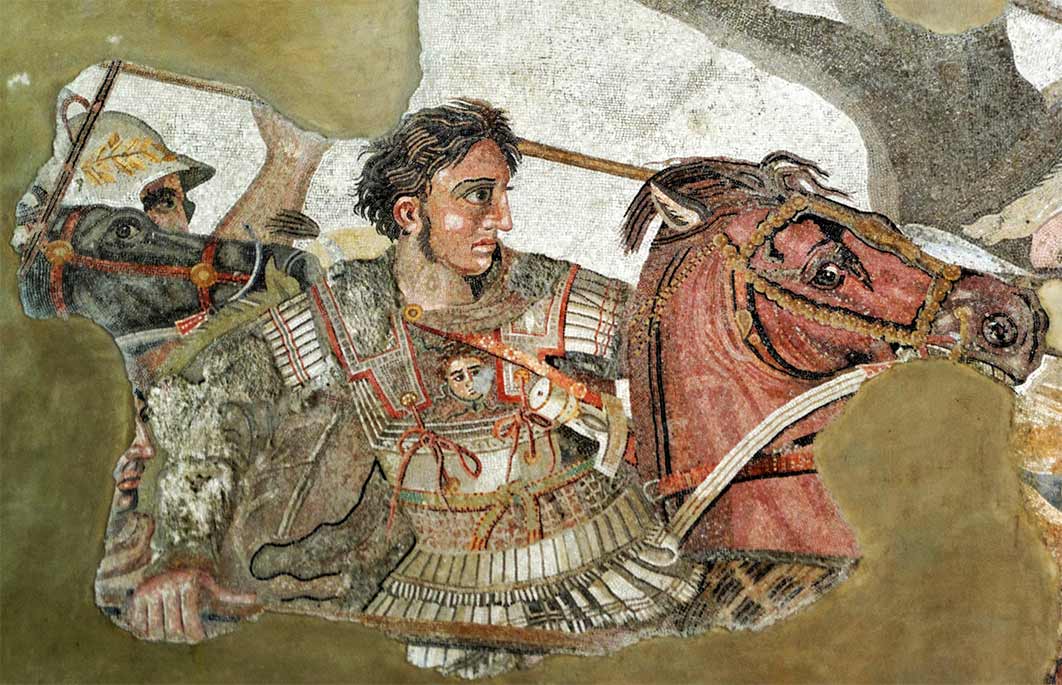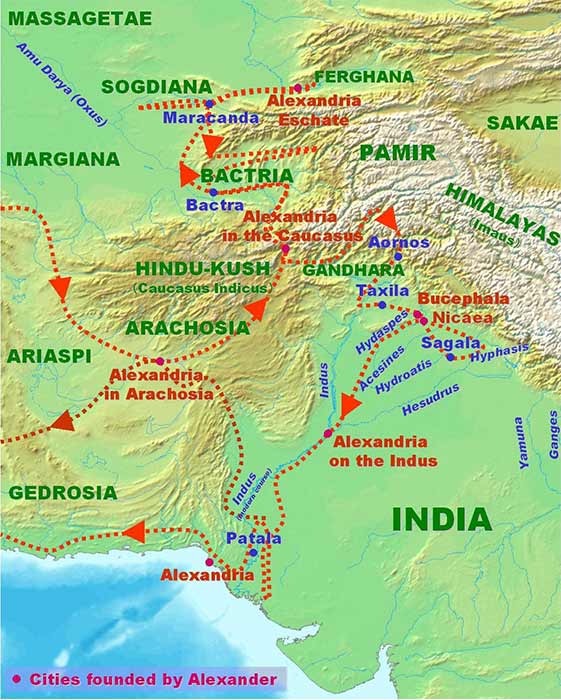
Alexander’s Indus Folly: Bizarre Search for the Source of the Nile in India
When the Macedonian monarch Alexander III, popularly known as Alexander the Great, arrived in the northwest of the larger Indian subcontinent in 327 BC following his conquest of the massive Achaemenid Empire of the Persians, he was astonished by all that he beheld. The geography, peculiar peoples – their philosophy, culture, attire, music and manner of living – and immense wealth of the region was unlike anything he had witnessed before. The flora and fauna, too, were equally impressive. For instance, the parrot, a beautiful green-colored bird that they had never seen before, left the Greeks flummoxed because of its “mysterious ability” to mimic human speech. Sugarcane was flatteringly described as “reeds that produce honey without bees”.

Alexander depicted on a mosaic from the House of the Faun, Pompeii, in an alleged imitation of a Philoxenus of Eretria or Apelles' painting, fourth century BC. (Public Domain)
Indian healers came in for high praise owing to their knowledge of medicine and ability to cure a wide variety of diseases and health issues – some beyond the capacity of Greek physicians – including administering a solution for snake bite, which Alexander himself became a benefactor of.
Even though Alexander’s military campaign in India ranks as one of his finest, most engaging and productive, it also left a longing in his heart that would never be satiated for the remainder of his eventful life. The chronicles of his voyage in the subcontinent where he learned much, written during his time and later, are no doubt peppered with a measure of hyperbole, but they also provide rich insights into a long-forgotten, lost world.

Campaigns and landmarks of Alexander's invasion of the northwest Indian subcontinent. (Public Domain)
Origin of ‘Indica’
The name of the domain, in present-day Afghanistan and Pakistan, that Alexander trod upon was derived from the ancient Sanskrit word ‘Sindhu’ which referred to the Indus River and the lower Indus basin. In the remote past India was known as Bharata-varsha, or land of Bharata, after a legendary king mentioned in the great Sanskrit itihasa or epic, Mahabharata.
Aryavarta (“abode of the Aryas” or noble ones, in reference to Indo-Aryans) and Jambudvipa, two other old names of India, especially denoted the aforementioned Indus location. The Vedic ‘sapta sindhava’ (land of seven rivers) was later transformed into ‘hapta hinduva’ in the Avestan language of Zoroastrian religious texts. Therefore, ‘Hindu’ derives from the Persian vocalization of Sindhu to refer to the inhabitants of the area they called ‘Hindustan’ or land of the Hindus. However, it was from the term ‘Indica’ which the Greeks coined that the modern name ‘India’ entered into English usage in the 17th century.
Dionysus In A Fabulous Realm
Accounts of Alexander’s Indian campaign reveal the awe of the Macedonian army on first seeing, among a thousand other extraordinary things, the skin color of the Indus inhabitants. Hitherto accustomed only to light-colored skin like their own kind or the dark ‘Aethiopians’ in Egypt and other parts of North Africa; the fair and brownish skin tones of Indus cultures mystified them.




